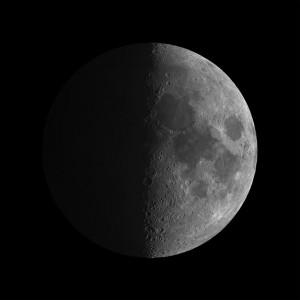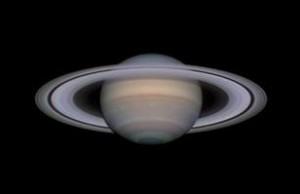Essential Information
| Location |
Royal Observatory
|
|---|---|
01 Oct 2015
This month’s highlights include planetary conjunctions and the Orionid meteor shower. (All times given are for London and will vary for other parts of the UK.) 2 October after 22.00 look towards the waning gibbous Moon low in the east, and then look for the orange star Aldebaran in the constellation Taurus which will be only half a degree away.
4 Oct – a last quarter Moon will be visible in the morning, setting around 15.00.
8 Oct – Venus will be close to the waning crescent Moon to the right or west of the setting Sun. Look for them up until around 15.30 on a clear afternoon.
12 Oct – Uranus at opposition. This means it will be in the opposite part of the sky to the Sun and closer to the Earth – a perfect time to glimpse this distant gas giant. It will be visible with binoculars or a telescope in the eastern sky towards Pisces after 19.30, but the best time to look for it will be at half past midnight. Also look for the large asteroid Vesta to the lower right.
16 Oct – Mercury at greatest elongation. This means it will be at its furthest point from the Sun in the sky, making it easier to see – though you’ll have to be up about half an hour before sunrise. You’ll also be rewarded by the sight of Mars, Jupiter and Venus to the upper right.

Full Face of our Moon by András Papp (Hungary) - winner, Our Moon category, Insight Astronomy Photographer of the Year 2015
In the evening, look for Saturn close to the waxing crescent Moon low in the western sky just after sunset until around 19.00. Binoculars will let you see the planet's elongated shape and its rings. A telescope will show you the tilt of the rings and some of its many moons.
17 Oct – if you’re up early, look for the conjunction of Jupiter and Mars in the south-eastern dawn sky. In the evening, look for a glorious triangle of Saturn, Antares and the crescent Moon just after sunset low in the west up until 18.30. Antares is a red giant star and is known as the heart of Scorpius which is just visible above the horizon.
20 Oct – look at the first quarter Moon through binoculars or telescope if you can – look for the craters close to the terminator (the boundary between the Moon's lit and unlit sides). The Moon will be up all evening, finally setting at 23.30. Watch it change colour as it sets from about 22.00 onwards – it appears redder close to the horizon due to the atmosphere's filtering effects.
21 Oct – Orionid meteor shower. With good conditions you may see up to 25 meteors per hour radiating outwards from the constellation of Orion low in the east. The 8-day-old Moon will make the meteors harder to see – as always a dark place away from city lights gives the best chance. The best time will be just before dawn after the Moon sets.
25 Oct – British Summer Time ends – remember to turn your clocks back 1 hour! Also look for Jupiter, Venus and Mars close together rising in the east from 03.00 up until sunrise, under the constellation Leo.
27 Oct – Full Moon rises in the east around 17.00 and reaches its highest point around midnight.

Saturn at opposition by Damian Peach (UK) - highly-commended entry to Astronomy Photographer of the Year 2013
Share your astronomy pictures
Don’t forget to share your pictures of the night sky with us on Twitter @ROGAstronomers or via Facebook. Come and see amazing astronomical images of the night sky in our Insight Astronomy Photographer of the Year exhibition, now open at the Royal Observatory.
Get equipped for observing
Need a stargazing telescope or decent binoculars? Check our range of observing equipment recommended by Royal Observatory astronomers.
Take a tour of the night sky
Come on a fantastic tour of what you can see for yourself in this month’s night sky in The Sky Tonight live planetarium show, presented by one of our astronomers. Shows daily.
Events at the Royal Observatory
Upcoming events include: I am because you are 15 October, 19.00–20.30 In November 1915 Einstein published the Theory of General Relativity. Find out more about Einstein’s strangest idea and the literature it has inspired. Judging the Universe 22 October, 19.00–20.30 View on a grand scale this year’s Insight Astronomy Photographer of the Year images, and find out from the judges the challenges they faced in identifying this year’s winners. We Are Aliens (planetarium show) Shows daily Join Rupert Grint on an epic hunt for evidence of alien life, with a unique blend of science, education and family entertainment.